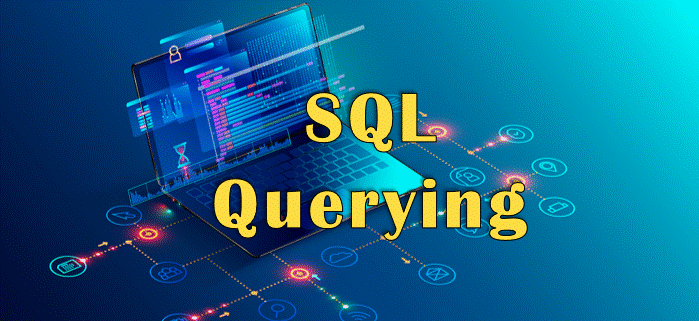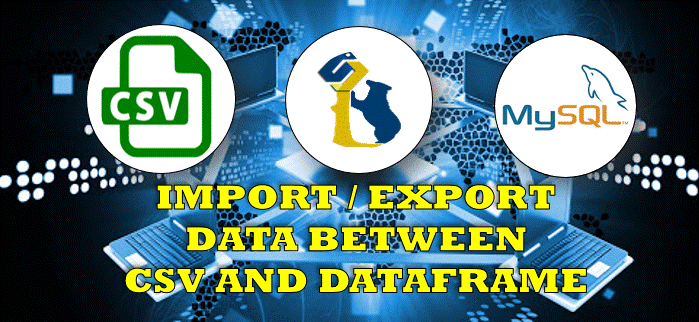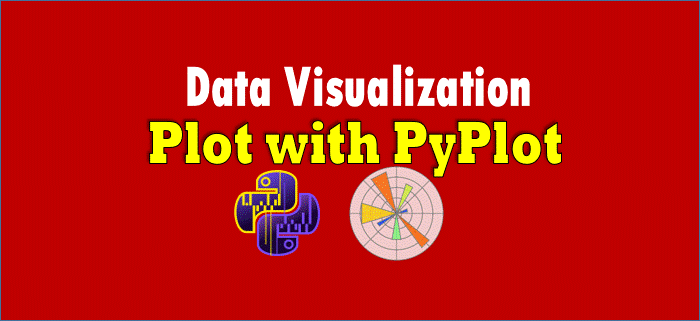Topics:
- Introduction
- Digital Footprints
- Digital Society and Netizen
- Data Protection
- Creative Commons
- Cyber Crime
- Indian Information Technology Act (IT Act)
- E-waste: Hazards and Management
- Impact on Health
Digital Footprint
Whenever you go online you leave behind information about yourself. This is known as Digital Footprint.
Digital footprint or digital shadow or cyber shadows refers to one’s unique set of traceable digital activities, actions, contributions and communications manifested on the Internet or on digital devices.
Types of Digital Footprint
There are two main classifications for digital footprints:
(a) Passive and
(b) Active.
Passive Digital Footprint
A passive digital footprint is data collected without the owner knowing, also known as data exhaust.
Active Digital footprint
Active digital footprints are created when personal data is released deliberately by a user for the purpose of sharing information about oneself by means of websites or social media.
How is your digital footprint used?
- Information may be intentionally or unintentionally left behind by the user; with it being either passively or actively collected by other interested parties.
- Depending on the amount of information left behind, it may be simple for other parties to gather large amounts of information on that individual using simple search engines.
- Digital footprint is often used to obtain personal info about you, such as demographics, religion, political affiliations or interests
How to manage digital footprint ? (You must know)
- When you search and interact online , a trail of information is left behind.
- Elements of your digital footprints can be searched or shared.
- Digital footprints can be helpful or harmful to your reputation both now and in the future.
- Once online, things can exist forever (even if deleted)
- Always think before you post online.
- Personal information or opinions sent to one person can be shared with a large audience.
- Googling yourself, can be a worthwhile exercise.
- Old or inactive accounts should be disabled or deleted.
- Keep personal details private and control the privacy settings on your accounts.
- Be mindful of the digital footprints of others (Always asks before post others pic)
Net Etiquette
Net And Communication Etiquettes
Net and Communication Etiquettes is known as ‘Internet Etiquette’ or ‘Netiquette’.
Just like etiquette is a code of polite behaviour in society, netiquette is a code of good behaviour on the Internet.
This includes several aspects of the Internet, such as email, social media, online chat, web forums, website comments, multiplayer gaming, and other types of online communication.
10 rules to follow for good Netiquette :
- Avoid posting inflammatory or offensive comments online.
- Respect others’ privacy by not sharing personal information, photos, or videos that another person may not want published online.
- Never spam others by sending large amounts of unsolicited email.
- Show good sportsmanship when playing online games, whether you win or lose.
- Don’t troll people in web forums or website comments by repeatedly nagging or annoying them.
- Stick to the topic when posting in online forums or when commenting on photos or videos, such as YouTube or Facebook comments.
- Don’t swear or use offensive language.
- Avoid replying to negative comments with more negative comments. Instead, break the cycle with a positive post.
- If someone asks a question and you know the answer, offer to help.
- Thank others who help you online.
Data Protection
NEED OF DATA PROTECTIONS:
Sharing data may bring benefits, and it has often also become necessary for us to do everyday tasks and engage with other people in today’s society.
But it is not without risks. Your personal data reveals a lot about you, your thoughts, and your life. These data can easily be exploited to harm you, and that’s especially dangerous for vulnerable individuals and communities, such as journalists, activists, human rights defenders, and members of oppressed and marginalized groups.
That is why these data must be strictly protected.
DATA PROTECTION
Data protection is the process of safeguarding important information from corruption, loss and binding rules put in place to protect your personal information and ensure that you remain in control of it.
It is also known as Information Privacy and Data Privacy.
In short, you should be able to decide whether or not you want to share some information, who has access to it, for how long, for what reason, and be able to modify some of this information, and more.
INTELLECTUAL PROPERTY
Intellectual property refers to creations of the mind: inventions; literary and artistic works; and symbols, names and images used in commerce.
CATEGORIES OF INTELLECTUAL PROPERTY
There are two categories of Intellectual property is divided into two categories:
(a) Industrial Property, and
(b) Copyright
INDUSTRIAL PROPERTY
Industrial Property includes patents for inventions, trademarks, industrial designs and geographical indications.
COPYRIGHT
Copyright covers literary works (such as novels, poems and plays), films, music, artistic works (e.g., drawings, paintings, photographs and sculptures) and architectural design.
INTELLECTUAL PROPERTY RIGHTS (IPR)
Intellectual property rights are the rights given to persons over the creations of their minds. They usually give the creator an exclusive right over the use of his/her creation for a certain period of time.
The creator / producer of the information is the real owner of the information. The owner has every rights –
- To protect his/her intellectual property.
- How much information is to be exchanged
- To decide the price for exchanging / sharing / distributing.









